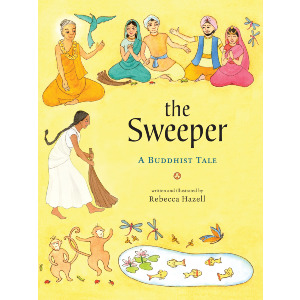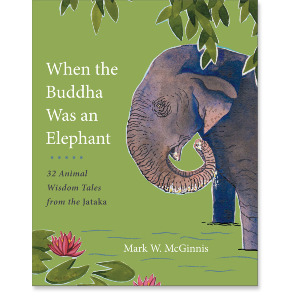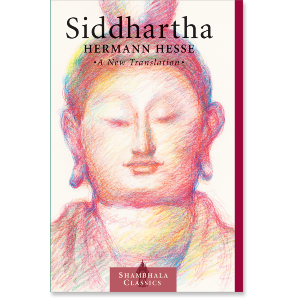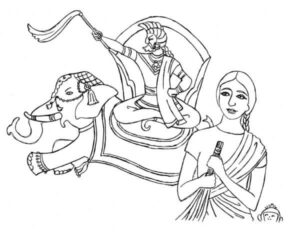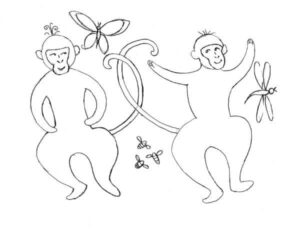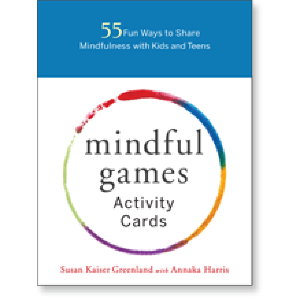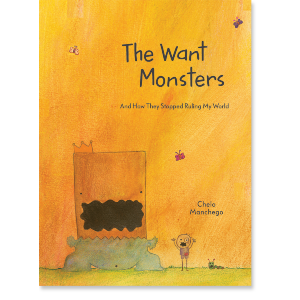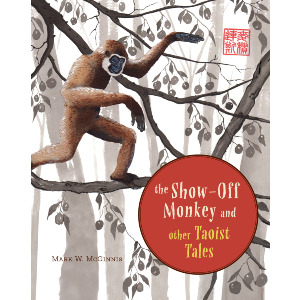

Rebecca Hazell
Rebecca Hazell is an award-winning artist, author, and educator. She has published four nonfiction children’s books and created best-selling educational filmstrips and educational craft kits for children. She is a senior teacher in the Shambhala Buddhist lineage, and she holds an honors BA from the University of California at Santa Cruz in Russian and Chinese history. Her books include The Barefoot Book of Heroic Children, Women Writers, and several self-published fantasy novels. Her website is rebeccahazell.com.
Rebecca Hazell
GUIDES
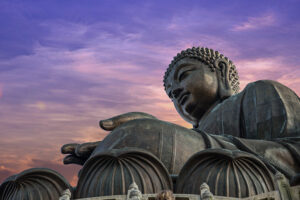
The Buddha is well known in popular culture. He is seen as wise, benign, friendly, and peaceful. You can find commercialized representations of him in images ranging from good luck Ho Tai figures to garden statues of him sitting and typing on a laptop. Imagine what a ruckus would ensue if Jesus or Muhammad were depicted like that. It’s taken for granted that the Buddha would laugh at the laptop or smile gently, maybe sadly, and move on. Is this an accurate perception of him?
Who, in real life, was this man called the Buddha? And how can we introduce our children to him? There are some outstanding books for children that tend to take one of two approaches: one is the traditional Jataka animal tale approach, and there are many delightful examples of these. The other, more modern style, is to address a particular emotional issue a child may encounter. Both are valuable and enriching. And a small handful of books are actual biographies, usually based on traditional anecdotes wherein he is perfect and perfectly in control of every situation he meets. In other words, he’s regarded as almost superhuman.
But surprisingly few books deal with the Buddha’s life in ways that portray him as a human being in complex relationships with family members, friends, and ordinary people. He had problems to solve within his unruly sangha, including a rival who wanted to take it over, he sometimes became angry and called people stupid, and he had to continually refine some very sophisticated teachings to reach the masses of people who came to him for guidance or advice. In Buddhist literature for children—and adults, too—introducing this aspect of his life is a niche waiting to be filled.
I’ve long been interested in reaching both children and adults with stories about the Buddha’s influence. His teachings have had a lasting effect on people who lived long after he did. My first foray into this very personal project was in a collection of biographies tailored for children called Heroes, which included the life of Japan’s culture hero Prince Shotoku Taishi. UNESCO’s International Youth Library selected it as a Notable New Book of 1997. My next was a similar collection, Heroic Children, which included a biography of Milarepa, Tibet’s culture hero. International Storytelling Magazine selected this book as an Honor Title in 2001. These honors prove that there is a wide and untapped market for dharmic stories.
My first fully Buddhist children’s story, The Sweeper, is based on a traditional anecdote about the Buddha giving meditation-in-action instruction to a servant with no time to sit. The Buddha is not the main character in the story, though his advice is pivotal; embedded in the illustrations are important aspects of his personal life. His sangha invites women and children, including his wife and son. He is dressed in traditional ascetic attire, but he is a guest of wealthy patrons. He ages. These details humanize him; he’s not an angel floating above everyone but a flesh-and-blood man who is completely available to others, paying attention to the details around him, and willing to tailor his instructions to the needs of his devotees.
I have written other stories in a similar vein and hope to see them make their way into print. In each, some element of his life is revealed in the context of his relationships to other people. Once he began to teach, his life became devoted to serving others. And each of his followers was affected differently by his lessons.
I’m especially interested in the Buddha’s relationships with his family: from his father, who had to bear one disappointment after another; his stepmother, Mahāpajāpatī, who successfully campaigned for women to be admitted to the monastic sangha; his wife, Yasodhara, whom he left behind and then invited to the sangha; to his cousin and rival, Devadatta; and to his son Rahula, whom he inducted into monasticism when the boy was only seven.
When looking at these familiar relationships, Devadatta, for instance, is portrayed in traditional stories as pure evil. In them he tries to kill the Buddha on several occasions but is foiled by the Buddha’s wise and compassionate responses. Such stories feed the myth of the Buddha’s perfection, but the reality is also pretty interesting. Many of the Buddha’s relatives and other high-caste people followed him, including Devadatta. But a power struggle ensued. Among other things, Devadatta wanted Buddha to declare that everyone be vegetarian. This went against accepting everything offered in a monastic’s begging bowl, which was an important teaching about accepting everything as it arises. Buddha refused, and Devadatta, for this and other reasons, formed a splinter group that left the sangha.
So the Buddha was fully human and more complex than the traditional tales about him depict—and so were his relationships. My hope is to deliver believable stories that explore this side of him, especially for my fellow Buddhists, both children and adults. Those of us who have taken the bodhisattva vows call ourselves children of the Buddha; perhaps we can learn more about him as a full human being.
Related Books

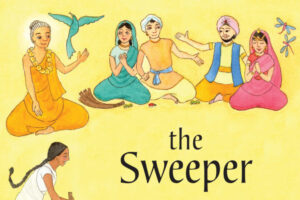
The Sweeper Printable Coloring Page Excerpt
The Sweeper: A Buddhist Tale by Rebecca Hazell tells the story of Padme, a young servant girl, who meets the Buddha as she is sweeping her master’s house. When she laments that she is so busy that she would never have time to meditate, the Buddha gives her the instruction to “sweep and clean.” This simple mindfulness practice transforms Padme’s life, and when she encounters the Buddha many years later, he teaches her how to send compassion out to others.
We have excerpted two coloring pages from The Sweeper for you to print out and color along with the story!
Click on the image above to access a printable page.
Click on the image above to access a printable page.

